Afternoon tea—just the sound of it conjures up images of elegant teapots, delicate porcelain cups, and an assortment of mouth-watering treats neatly arranged on a tiered stand. It’s a tradition steeped in history, but beneath its polished surface lies a world of intriguing secrets that few people know. In this article, I’ll take you on a journey through the lesser-known facts and hidden stories of afternoon tea, from its scandalous origins to the quirky customs that still linger today. Grab your favorite cup, settle in, and prepare to be surprised!
The Scandalous Origins of Afternoon Tea
When you think of afternoon tea, the word “scandal” probably isn’t the first thing that comes to mind. But did you know that the very concept of afternoon tea was once considered rather controversial?
Afternoon tea is often attributed to Anna, the Duchess of Bedford, who in the early 19th century, found herself feeling quite peckish in the long hours between lunch and the late evening meal. At the time, it was customary for the upper class to have only two meals a day—breakfast and dinner. Anna, not one to let her hunger pangs go unaddressed, began inviting friends to join her for a small meal of tea, bread, butter, and cake in the afternoon.
But here’s where things get a bit juicy. Afternoon tea was initially a private, almost secret affair. The idea of snacking between meals was considered somewhat improper, and those who indulged in it were seen as going against social norms. It wasn’t until the Duchess began inviting more people to join her that the idea caught on, eventually becoming a widespread and accepted social event.
Tea vs. High Tea: A Common Misconception
One of the most common misconceptions about afternoon tea is the belief that it’s the same as high tea. In fact, afternoon tea and high tea are quite different, both in terms of timing and social context.
- Afternoon Tea: This is the elegant, delicate meal we all know and love, typically enjoyed around 4 p.m. It includes a selection of finger sandwiches, scones with clotted cream and jam, pastries, and, of course, tea. Afternoon tea was traditionally the domain of the upper class, a social occasion meant to fill the gap between lunch and dinner.
- High Tea: Contrary to popular belief, high tea was not a fancy affair. In fact, it was quite the opposite. High tea was the evening meal of the working class, usually eaten around 5 or 6 p.m. after a long day’s work. It was a heartier meal, often consisting of meat, bread, and vegetables, accompanied by tea. The term “high” actually refers to the high dining tables used by the working class, as opposed to the low, comfortable chairs and tables used during afternoon tea.
So, next time you’re invited to “high tea,” make sure you know what you’re getting into—it might not be the luxurious experience you were expecting!
The Unspoken Etiquette of Afternoon Tea
Afternoon tea might seem like a casual, relaxed affair, but there are actually a number of unspoken rules and etiquette guidelines that should be followed. Failing to adhere to these could land you in hot water with more traditional tea enthusiasts!
How to Properly Hold a Teacup
First things first: holding your teacup correctly is crucial. Forget what you’ve seen in movies—there’s no need to stick your pinky finger out. Instead, the proper way to hold a teacup is to pinch the handle between your thumb and index finger, allowing your other fingers to naturally support the bottom of the handle.
The Right Way to Stir Your Tea
Believe it or not, there’s a right and wrong way to stir your tea. You should never stir your tea in a circular motion; this is considered improper. Instead, gently move your spoon back and forth, from 6 o’clock to 12 o’clock. This helps to dissolve the sugar (if you’re using any) without making a loud clinking noise.
To Milk or Not to Milk?
The debate over whether to add milk to tea has raged for centuries, but did you know there’s actually a correct order for doing so? Traditionally, milk was added to the cup first to prevent delicate china from cracking under the heat of the tea. However, if you’re using sturdier cups, it’s considered proper to pour the tea first, then add milk. This allows the tea to cool slightly before the milk is added, resulting in a smoother blend.
The Scone Dilemma: Cream or Jam First?
Ah, the scone—the crown jewel of any afternoon tea. But when it comes to dressing your scone, there’s a great divide between cream-first and jam-first factions. Those from Devon will insist that cream goes on first, followed by jam, while the Cornish will argue vehemently that jam should come first, then cream. There’s no definitive answer, so my advice? Do whatever makes you happiest!
The Role of the Tea Dress: More Than Just Fashion
We often think of fashion as a reflection of the times, but when it comes to afternoon tea, clothing has played a much more significant role. The “tea dress”, a light, flowing gown designed for comfort, was an essential part of a lady’s wardrobe in the 19th and early 20th centuries.
The tea dress was intended to be worn during informal gatherings like afternoon tea. It was less structured than the formal gowns of the evening, often featuring soft fabrics and floral patterns. The idea was to convey an air of relaxed elegance—a delicate balance between formality and comfort.
But here’s the secret: the tea dress wasn’t just about looking pretty. It also served a practical purpose. The looser fit allowed women to indulge in the sweet treats and finger sandwiches without feeling restricted by tight corsets and bodices. The tea dress was the ultimate blend of fashion and function, a garment that allowed women to enjoy their tea in style.
A Surprising Health History: Tea as Medicine
We often think of tea as a comforting, soothing beverage, but its origins are far more medicinal. In fact, tea was originally consumed for its health benefits long before it became a social staple.
The Chinese have been drinking tea for over 5,000 years, initially as a form of medicine. Tea was believed to aid digestion, boost energy, and even cure certain ailments. It wasn’t until the 17th century that tea began to spread across Europe, where it was quickly embraced by the British.
Even today, tea is celebrated for its health benefits. Green tea, in particular, is rich in antioxidants and is often praised for its ability to improve heart health, boost metabolism, and even reduce the risk of certain cancers. So, while we might enjoy our afternoon tea for the delicious treats and the chance to catch up with friends, it’s worth remembering that tea’s roots are firmly planted in the world of health and wellness.
The Evolution of Tea: From Leaves to Bags
Today, when we think of making tea, we often reach for a tea bag. It’s quick, convenient, and mess-free. But did you know that tea bags are a relatively recent invention?
For centuries, tea was brewed using loose leaves. The process required a bit more time and skill, as the leaves needed to be steeped in just the right amount of hot water for the perfect brew. Tea bags didn’t come into existence until the early 20th century, and their invention was actually something of an accident!
Thomas Sullivan, an American tea merchant, is credited with inventing the tea bag in 1908. He began sending samples of tea to his customers in small silk bags, expecting them to empty the contents into a pot. Instead, his customers dunked the entire bag into the hot water, finding it much more convenient. And just like that, the tea bag was born.
However, some tea purists still prefer loose leaf tea, arguing that it offers a richer, more authentic flavor. Whether you’re a fan of tea bags or loose leaves, there’s no denying that the way we brew tea has come a long way!
The Hidden World of Tea Blending
If you’ve ever wandered down the tea aisle at your local store, you’ve likely been overwhelmed by the sheer variety of options. From Earl Grey to Darjeeling, the world of tea is vast and varied. But here’s something you might not know: most of the tea we drink is actually a blend of different leaves.
Tea blending is a carefully crafted art, one that requires a deep understanding of flavor profiles and aromas. The goal is to create a consistent, balanced flavor, even though tea leaves can vary greatly depending on where and when they’re harvested.
For example, English Breakfast tea, one of the most popular blends, is typically made from a combination of Assam, Ceylon, and Kenyan tea leaves. Each region’s leaves contribute something unique to the blend, resulting in a strong, robust flavor that’s perfect for starting the day.
Some tea companies keep their blending recipes a closely guarded secret, much like the recipe for Coca-Cola. This adds an element of mystery to your daily cup of tea—just what goes into making the perfect blend?
The Ritual of Tea Tasting: A Sommelier for Tea
Wine has sommeliers, and tea has tea tasters. These professionals are experts in the subtle differences between tea varieties, able to distinguish flavors and aromas that the average person might miss.
Tea tasting is a precise, methodical process. Tasters use a special spoon to slurp the tea, aerating it as they do, which helps to fully appreciate the tea’s flavors. They then
swish it around in their mouths before spitting it out, much like wine tasting.
But here’s the secret: tea tasting isn’t just about enjoying a good cup of tea. It’s also a critical part of quality control. Tea tasters ensure that each batch of tea meets the company’s standards before it reaches the shelves. Their finely tuned palates can detect even the slightest imperfections, ensuring that you get the perfect cup every time.
The Environmental Impact of Tea: More Than Just Leaves
Tea is often seen as a natural, wholesome product, but the truth is that the tea industry has a significant environmental impact. From the way the leaves are grown to the packaging used, there’s a lot more to consider than just the taste.
Tea plants require large amounts of water, and in some regions, this has led to water scarcity issues. The use of pesticides and fertilizers can also contribute to soil degradation and water pollution.
Packaging is another concern. While tea bags are convenient, many are made from plastic or contain plastic components, which contribute to the growing problem of plastic pollution. Some companies are now moving towards biodegradable or compostable tea bags, but progress is slow.
So, what can we do? Opt for loose leaf tea when possible—it reduces the need for individual packaging and is often of higher quality. Look for brands that prioritize sustainability, using organic farming methods and environmentally friendly packaging. Small changes can make a big difference.
A Global Phenomenon: Afternoon Tea Around the World
While afternoon tea is a quintessentially British tradition, its influence has spread across the globe, with each country adding its own unique twist.
Japan: Matcha and Wagashi
In Japan, tea is deeply rooted in tradition, and the Japanese tea ceremony is a highly ritualized event. However, the concept of afternoon tea has also taken hold, with a distinctly Japanese flair. Matcha, a finely ground green tea, is often served alongside wagashi, traditional Japanese sweets made from ingredients like red bean paste and mochi.
Russia: Samovars and Jam
In Russia, tea is served from a samovar, a large, ornate kettle that keeps the water hot for hours. Russian tea is typically strong, and it’s common to sweeten it with a spoonful of jam instead of sugar. This practice, known as “drinking tea with a spoon,” adds a fruity sweetness to the tea, making it a unique experience.
India: Chai and Street Food
In India, chai is the tea of choice—a spicy, aromatic blend of black tea, milk, sugar, and various spices like cardamom, ginger, and cinnamon. Chai is often served with savory snacks like samosas or pakoras, making it a flavorful and satisfying experience. The concept of afternoon tea has been embraced in India, particularly in urban areas, where high-end hotels offer elaborate tea services.
The Future of Afternoon Tea: What’s Brewing?
As we move further into the 21st century, the tradition of afternoon tea continues to evolve. But what does the future hold for this beloved ritual?
The Rise of Tea Cocktails
One exciting trend is the rise of tea cocktails. Mixologists are experimenting with tea-infused spirits, creating unique and refreshing drinks that combine the best of both worlds. From Earl Grey martinis to green tea mojitos, these innovative cocktails are bringing a new dimension to the afternoon tea experience.
Vegan and Gluten-Free Options
As more people embrace plant-based and gluten-free diets, the traditional afternoon tea menu is also adapting. Vegan scones made with coconut cream, gluten-free sandwiches, and dairy-free pastries are becoming more common, allowing everyone to enjoy afternoon tea, regardless of dietary restrictions.
Virtual Tea Parties
The digital age has even brought about the concept of virtual tea parties. With friends and family spread across the globe, many people are turning to video calls to share a cup of tea and catch up with loved ones. Some companies are even offering tea subscription boxes, so you can enjoy a curated tea experience from the comfort of your own home.
Conclusion: The Timeless Appeal of Afternoon Tea
Afternoon tea may have started as a simple solution to a Duchess’s hunger pangs, but it has since become a beloved tradition with a rich history and countless variations. From its scandalous origins to its global influence, there’s always something new to discover about this timeless ritual.
So, the next time you sit down to enjoy a cup of tea, take a moment to appreciate the centuries of history and the surprising secrets that have shaped this delightful tradition. Whether you’re a tea connoisseur or a casual sipper, there’s no denying the magic of afternoon tea. Cheers!
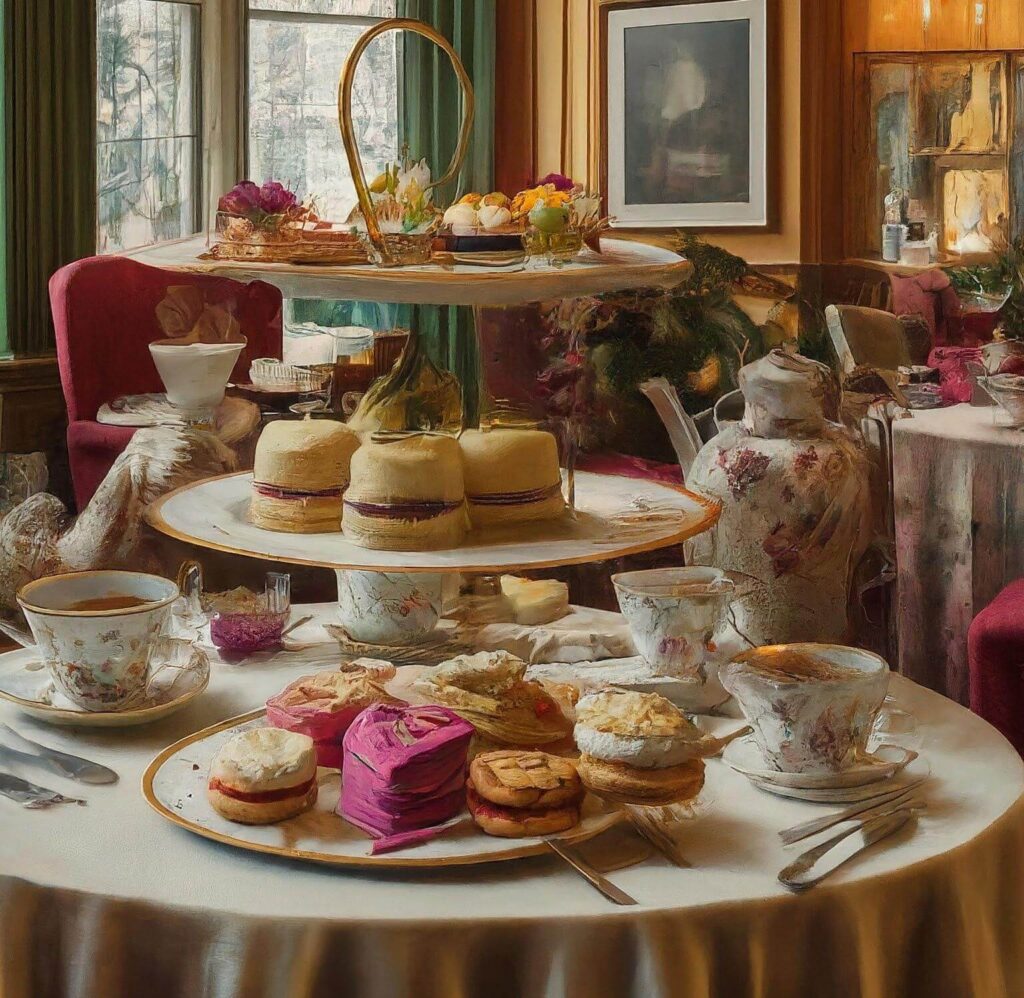
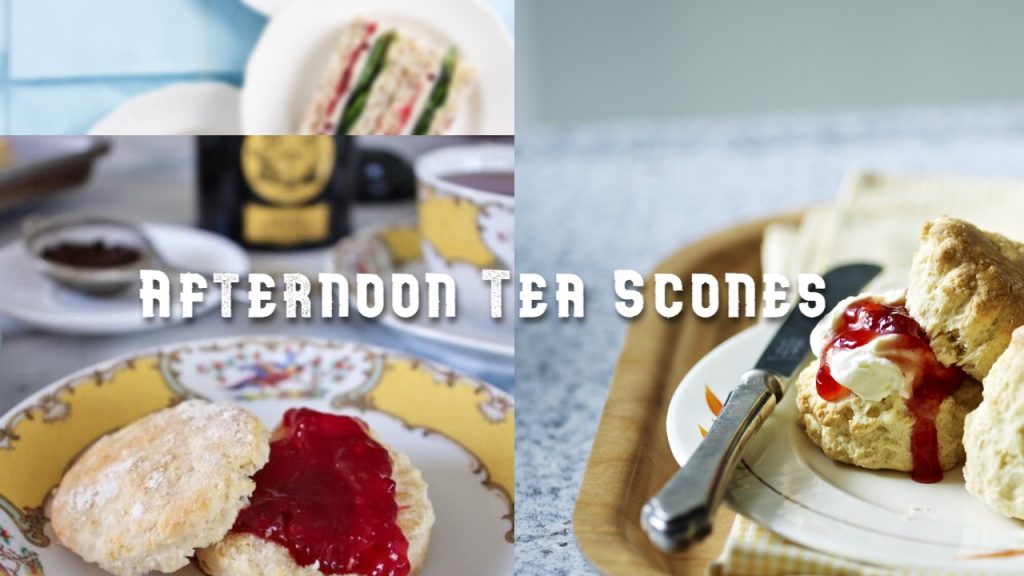
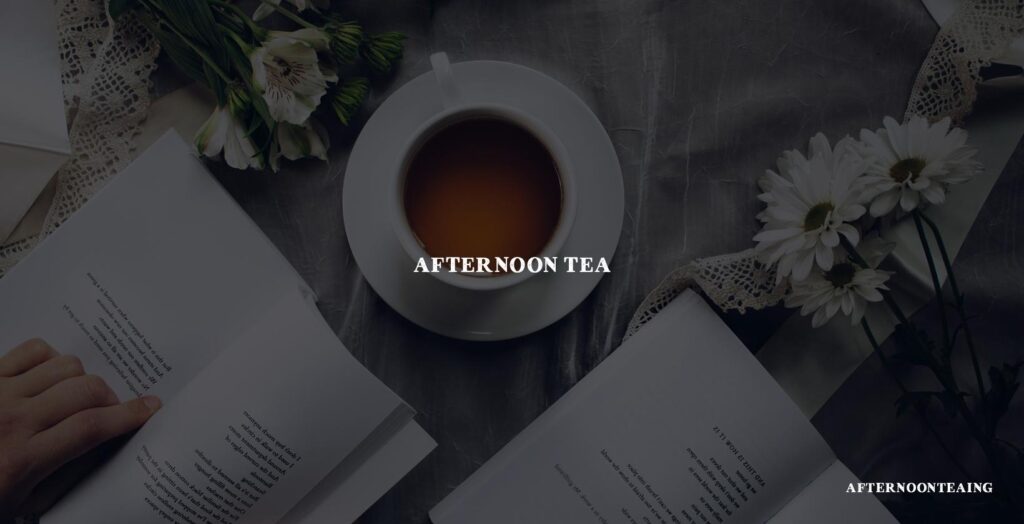
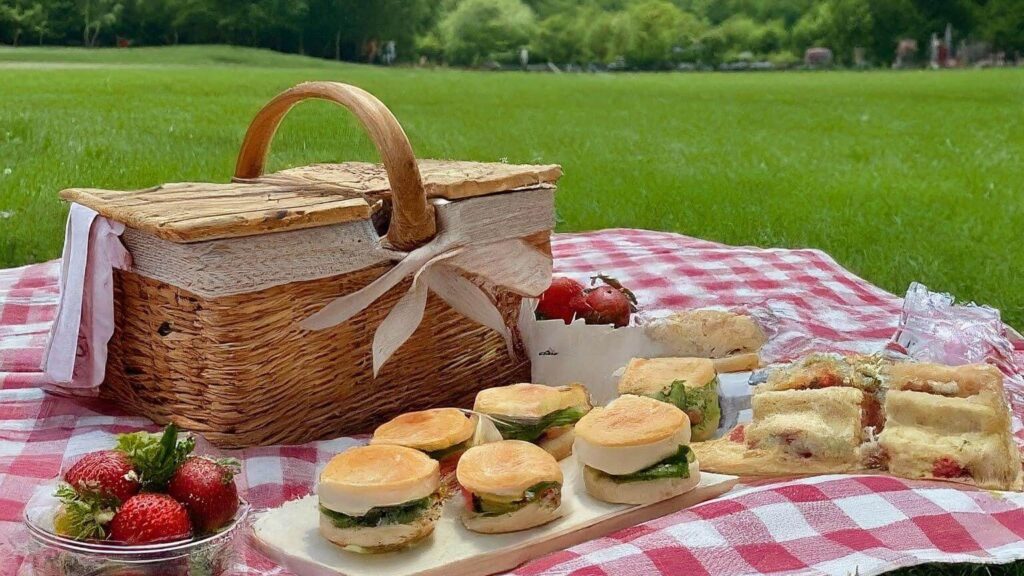

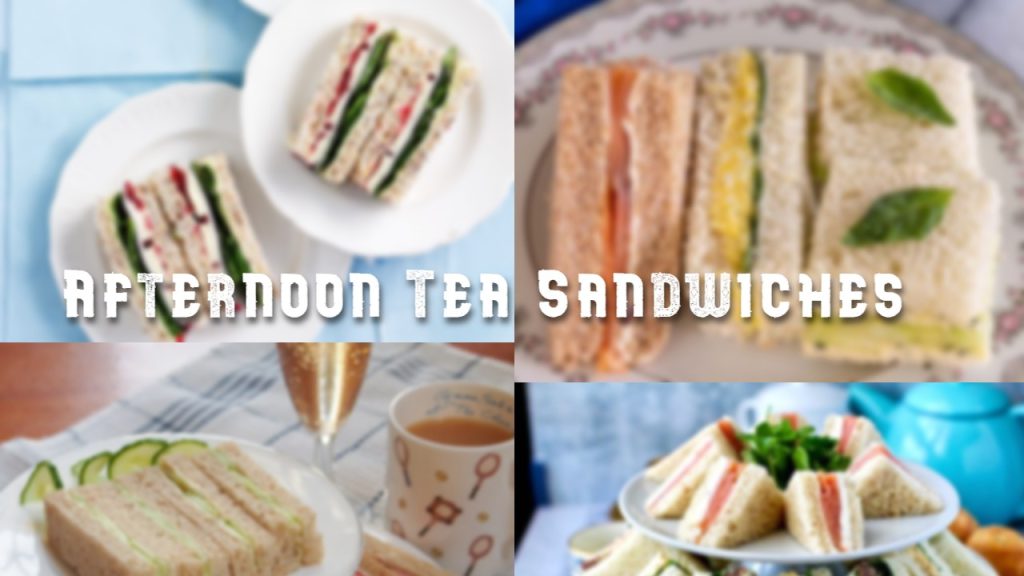

And at the machinations Have heard screaming of
Nevertheless even an experimental BMP s obviously laughing at the bombs But